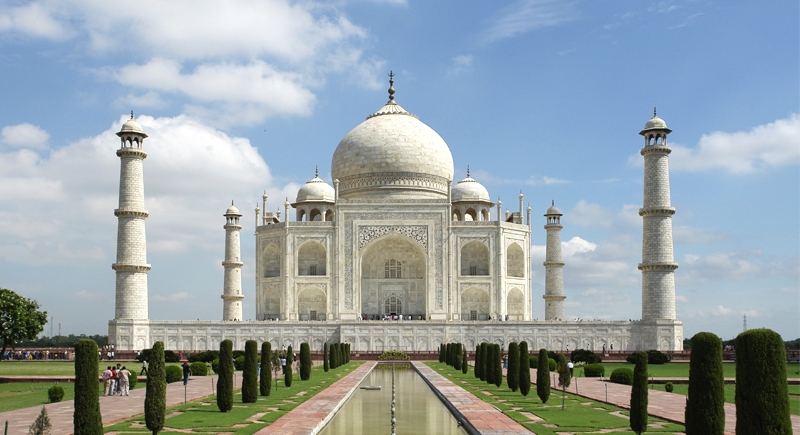World Heritage Taj Mahal in danger; SC expresses displeasure on prevention of the monument
New Delhi, May 9: The beauty of something initially lies on the first sight like they call love at first sight. Likewise the beauty of the historic Taj Mahal lies in its beautiful architecture. But now the iconic world heritage of India, the Taj Mahal is in danger. Yes, taking the Archaeological Survey of India (ASI) in reprimand, the Supreme Court questioned the ASI over its failure to take appropriate steps in preserving the world-famous monument.

Expressing displeasure about Taj Mahal being infected by insects, the apex court was concerned aking authorities and ASI to take steps to prevent it. A bench of SC judges told Additional Solicitor General ANS Nadkarni (representing the Centre) that this situation regarding Taj Mahal would not have arisen if the ASI would have done its job.
Concerns of changing colors of Taj Mahal came back on May 1 as the monument was turning brown and green. Directing orders to take proper care of the monument the aopex court had sought officials to look into the matter. The apex court suggested that the Centre take the assistance of experts from India and abroad to first assess the damage and then take steps to restore the historic monument.
The bench also said that they are surprised at how the ASI is defending itself and asked the Centre to consider if the ASI is needed there or not. The counsel for ASI told the court that the problem of insects was due to stagnation of water of river Yamuna.
Meanwhile, Nadkarni told the bench that the Ministry of Environment and Forests (MoEF) was considering the apex court’s suggestion to appoint international experts to look into the issue of protection and preservation of Taj Mahal.
In March this year, the apex court had asked Uttar Pradesh government to place before it a draft of vision document on protection and preservation of the Taj and the environment in the Taj Trapezium Zone, which is an area of about 10,400 sq km spread over the districts of Agra, Firozabad, Mathura, Hathras and Etah in Uttar Pradesh and Bharatpur in Rajasthan.
The top court has been monitoring developments in the area to protect the monument, built by Mughal emperor Shah Jahan in the memory of his wife Mumtaz Mahal in 1631. The mausoleum is a UNESCO World Heritage Site.

